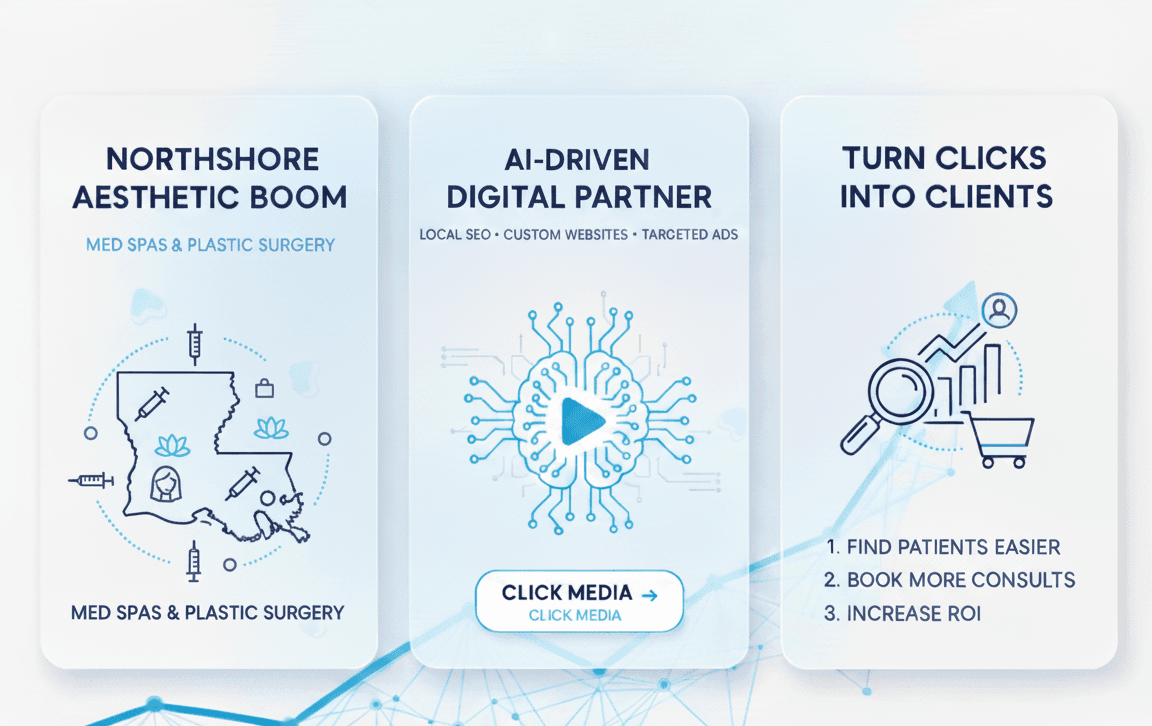Introduction:
Search Engine Optimization (SEO) is the process of optimizing a website to rank higher on search engine results pages (SERPs) for relevant search queries. With billions of searches happening daily on platforms like Google, mastering SEO is crucial for any business or website aiming to drive organic traffic, increase visibility, and ultimately, grow their online presence.
This guide will walk you through the core components of SEO, how search engines work, and the strategies you can implement to ensure your site ranks higher and attracts more visitors.
What is SEO?
SEO is the art and science of enhancing the visibility of a website or webpage in search engine results. The goal is to ensure that your website appears as high as possible for search queries that are relevant to your business or content. Since most people click on the top few search results, ranking high on search engines is crucial for attracting organic (non-paid) traffic.
SEO can be broken down into three main categories:
On-Page SEO: Optimizing the content and structure of your website’s pages.
Off-Page SEO: Activities done outside of your website to improve its rankings, primarily link-building.
Technical SEO: Ensuring that your website is properly set up to be crawled and indexed by search engines.
How Do Search Engines Work?
Search engines like Google, Bing, and Yahoo use complex algorithms to determine the relevance and quality of web pages in response to a user's search query. The process involves:
Crawling: Search engines use bots (also called crawlers or spiders) to scan the web and discover pages.
Indexing: Once a page is discovered, the search engine indexes it in a massive database, making it available for retrieval.
Ranking: When a user performs a search, the search engine uses algorithms to determine the order in which pages are displayed based on relevance, quality, and other factors.
Key SEO Factors to Focus On:
1. Keyword Research:
Keyword research is the foundation of effective SEO. It involves identifying the words and phrases your target audience uses when searching for products, services, or information related to your business.
How to Conduct Keyword Research:
Use Keyword Research Tools: Tools like Google Keyword Planner, Ahrefs, SEMrush, or Ubersuggest help you find relevant keywords, search volumes, and competition levels.
Focus on Long-Tail Keywords: These are longer, more specific phrases that often have lower competition but higher conversion rates.
Analyze Competitor Keywords: Research your competitors to understand what keywords they are ranking for, and identify opportunities to target those keywords.
2. On-Page SEO:
On-page SEO refers to optimizing individual pages on your website. It includes both the content and the technical structure of the page. Key on-page SEO factors include:
Title Tags: The title of your page that appears in search results. It should include your target keyword and be compelling enough to encourage clicks.
Meta Descriptions: The short description under your page’s title. It should summarize the page's content and include keywords to improve click-through rates.
Header Tags (H1, H2, H3): These are used to organize your content and help both users and search engines understand the structure of the page. Use H1 for the main title and H2 for subheadings.
Keyword Usage: Integrate your target keywords naturally into your content. Avoid keyword stuffing, as it can lead to penalties from search engines.
Content Quality: Content is king in SEO. Ensure your content is informative, relevant, and provides value to the reader. Include multimedia such as images, videos, and infographics to enhance the user experience.
Internal Linking: Link to other relevant pages within your website to help search engines crawl your site and improve the time users spend on your site.
3. Technical SEO:
Technical SEO ensures that your website is properly configured for search engines. Key technical SEO factors include:
Mobile-Friendliness: With the growing use of mobile devices, ensuring that your website is mobile-responsive is a must for both user experience and SEO.
Site Speed: Fast-loading websites improve user experience and reduce bounce rates. Use tools like Google PageSpeed Insights to analyze and optimize your website speed.
XML Sitemap: A sitemap helps search engines find and index your pages quickly. Make sure your website has an up-to-date XML sitemap.
SSL Certificate: Websites with HTTPS are considered secure and are favored by search engines over non-HTTPS sites.
Structured Data: Use schema markup to help search engines understand the context of your content and display it in a more informative way (like rich snippets).
Off-Page SEO:
Off-page SEO refers to actions taken outside of your website to improve its rankings. One of the most important off-page SEO factors is link building, which involves acquiring backlinks from other reputable websites.
1. Link Building:
Backlinks are one of the most powerful ranking factors for SEO. When a reputable website links to your page, it signals to search engines that your content is valuable.
Strategies for Building Backlinks:
Guest Blogging: Write articles for reputable blogs in your industry and include a link back to your site.
Influencer Outreach: Collaborate with influencers or industry leaders who can link to your content or mention your brand.
Content Marketing: Create high-quality, shareable content such as infographics, case studies, or research reports that naturally attract backlinks.
Broken Link Building: Find broken links on other websites and offer your content as a replacement for the broken link.
2. Social Media Signals:
While social media activity doesn’t directly impact rankings, it can drive traffic and increase brand awareness, both of which are beneficial for SEO. Share your content on social media platforms like Facebook, Instagram, LinkedIn, and Twitter to generate social signals and backlinks.
SEO Best Practices:
Focus on User Intent: Understand the search intent behind your keywords—whether users are looking for information, making a purchase, or seeking a service—and tailor your content accordingly.
Optimize for Featured Snippets: Featured snippets are the boxes that appear at the top of Google’s search results. To optimize for them, focus on answering questions clearly and concisely in your content.
Update Old Content: Periodically review and refresh old content to keep it relevant and accurate. This signals to search engines that your website is actively maintained.
Monitor SEO Performance: Use tools like Google Analytics, Google Search Console, and third-party SEO platforms to track your website’s performance, identify areas for improvement, and measure results.
Conclusion:
SEO is an essential component of any digital marketing strategy. By understanding how search engines work, conducting thorough keyword research, optimizing on-page and technical elements, and building quality backlinks, you can increase your website’s visibility, attract more visitors, and ultimately achieve your business goals.
SEO is an ongoing process, and success doesn’t happen overnight. However, with consistent effort, the right strategies, and staying up to date with the latest SEO trends, your website can rise through the ranks and achieve long-term, sustainable growth.


